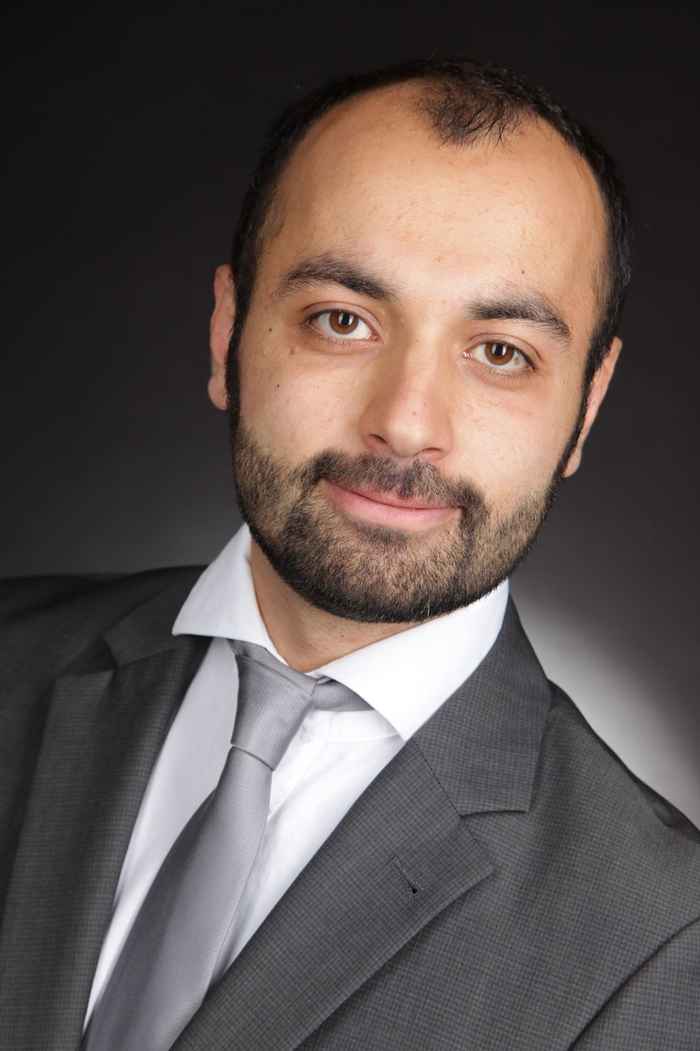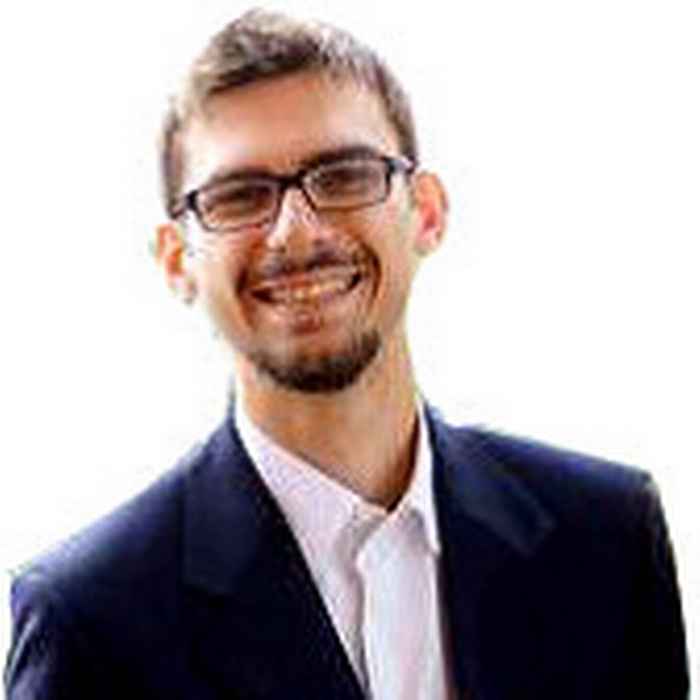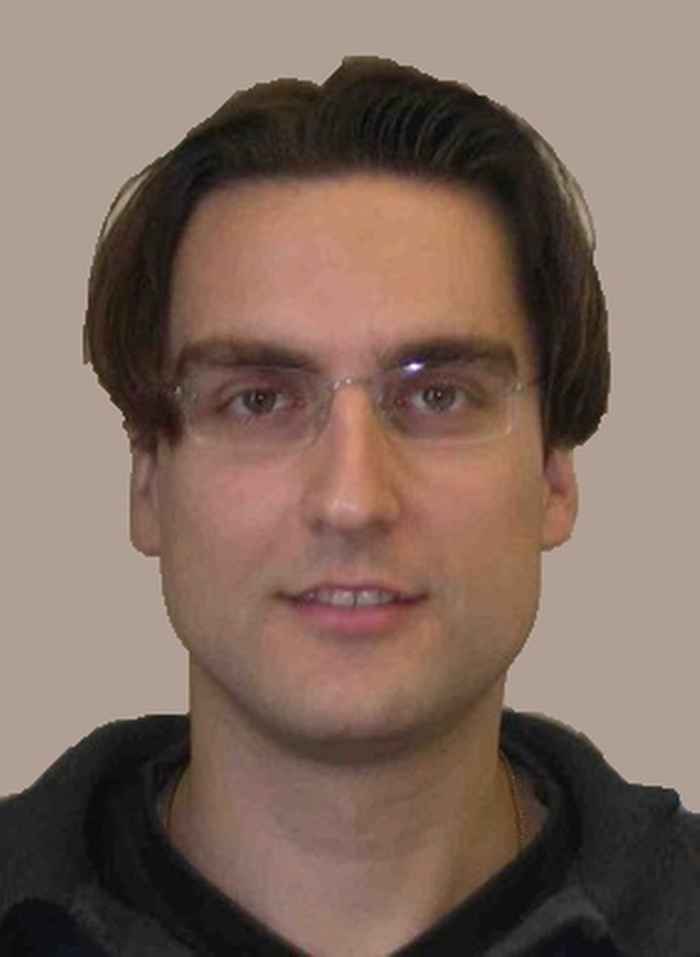Three new HRSMC Fellowships awarded
October 2015

Unraveling the mechanism of proton transport in proton-conducting MOFs
guest: Dr. Saeed Amirjalayer (WWU/CeNTech Münster); hosted by Dr. Bernd Ensing (UvA),
Dr. Stefania Grecea (UvA) and Prof. dr. Sander Woutersen (UvA)
New, highly efficient proton-conducting materials based on metal-organic frameworks (MOFs) filled with water have recently been developed in the group of Dr. Stefania Grecea at the UvA. The mechanism by which these MOFs conduct protons is still largely unknown. In this HRSMC project,
Dr. Saeed Amirjalayer (WWU/CeNTech Münster) will use ultrafast vibrational spectroscopy in combination with Molecular Dynamics simulations to unravel the mechanism behind the extremely efficient proton conduction of water-filled MOFs. The project will lead to improved design strategies for proton-conducting membranes, which are essential for realizing efficient hydrogen-fuel cells.

Integration of molecular catalysts in functional porous materials for CO 2 reduction
guest: Dr. Federico Franco (University of Turin, Italy); hosted by Dr.ir. Jarl Ivar van der Vlugt (UvA, 1 st applicant), Dr. Stefania Grecea (UvA) and Dr. David Dubbeldam (UvA)
The project aims to explore the incorporation of transition metal complexes suitable for CO 2 reduction into 3D extended solids, such as metal-organic frameworks, in order to exploit the benefits of heterogenized homogeneous photo- and electrocatalysts for carbon dioxide valorization. Dr. Franco has extensive experience with electro- and photoactive molecular catalysts based on Group 7 metals for CO 2 reduction. The next phase will be to incorporate these systems within solid matrices for durable catalysis. The work, which will be carried out as part of an ongoing project within the Priority Research Area Program "Sustainable Chemistry" at the University of Amsterdam, is a collaboration between the Homogeneous Catalysis, Heterogeneous Catalysis and Computational Chemistry groups of HIMS. Facilities and expertise regarding the preparation of both the molecular catalysts and the porous solids and equipment to analyse these materials and study their electro-and photocatalytic activity is available in the HIMS institute. Computational support will provide insight in catalyst orientation within the porous materials.

Palladium-Catalyzed Oxidative Aerobic Isocyanide Insertion – A Mechanistic Study
guest: Dr. Jordi Poater (University of Barcelona, Spain); hosted by Dr. Eelco Ruijter (VU),
Prof. dr. Romano Orru (VU), Prof. dr. Matthias Bickelhaupt (VU)
The oxidative insertion of isocyanides into bis-nucleophiles under palladium catalysis with molecular oxygen as the bulk oxidant has recently emerged as a green and efficient method for the production of diverse medicinally relevant heterocycles. But the mechanism of this process is largely unknown. This hampers further synthetic method development based on this attractive strategy.
In this HRSMC project, Jordi Poater of the University of Barcelona, Spain, together with theoretical and organic chemists of the VU join forces to tackle this problem and gain fundamental insight into the reaction mechanism as well as the physical factors that determine the active reaction channel and the rate of the reaction. They will employ state-of-the-art relativistic density functional theory to explore the multidimensional reaction potential energy surfaces. Through activation strain and Kohn-Sham molecular orbital analyses they aim at identifying which factors determine the height of the various elementary reaction steps. The purpose is to arrive at accurate yet easy to use design principles.